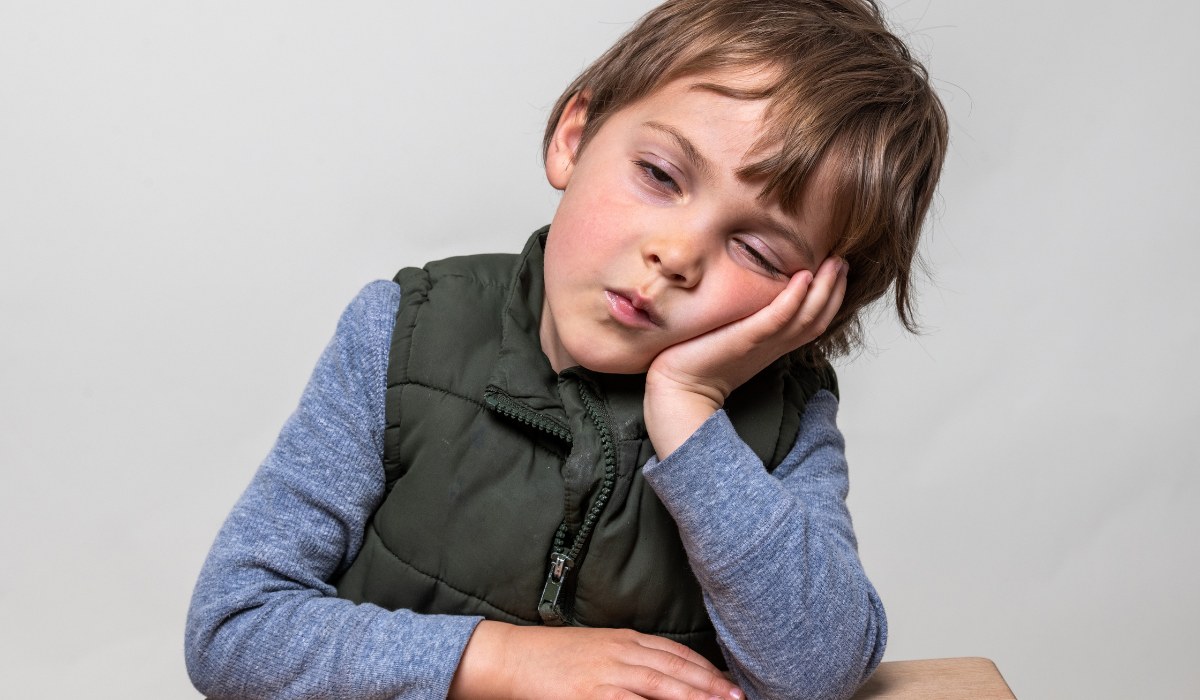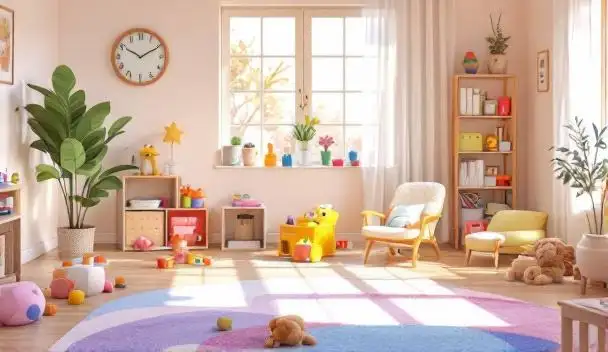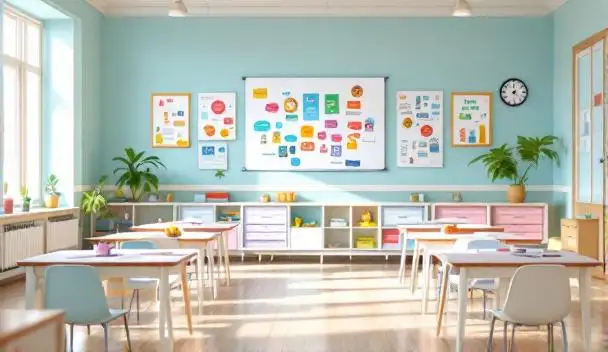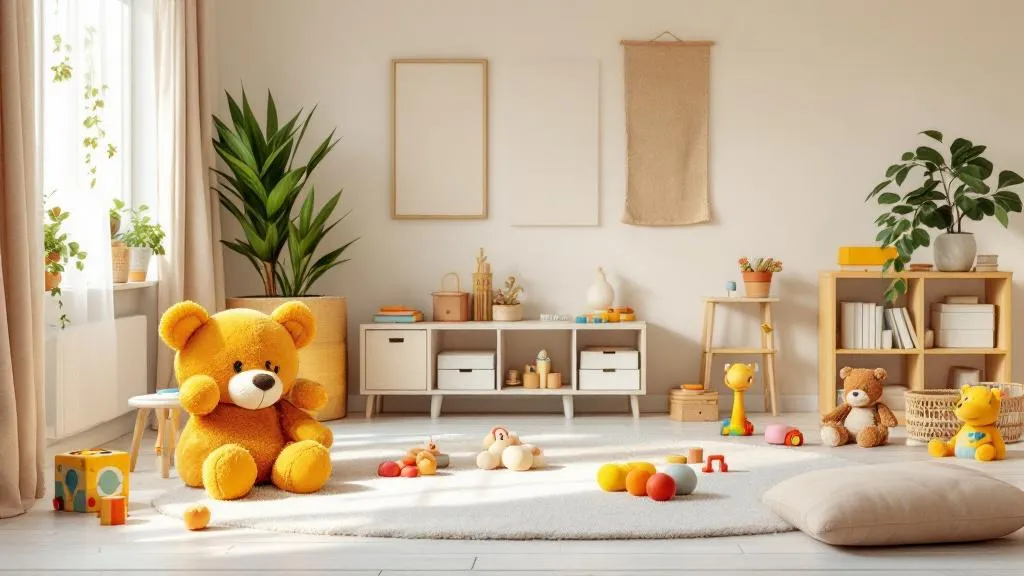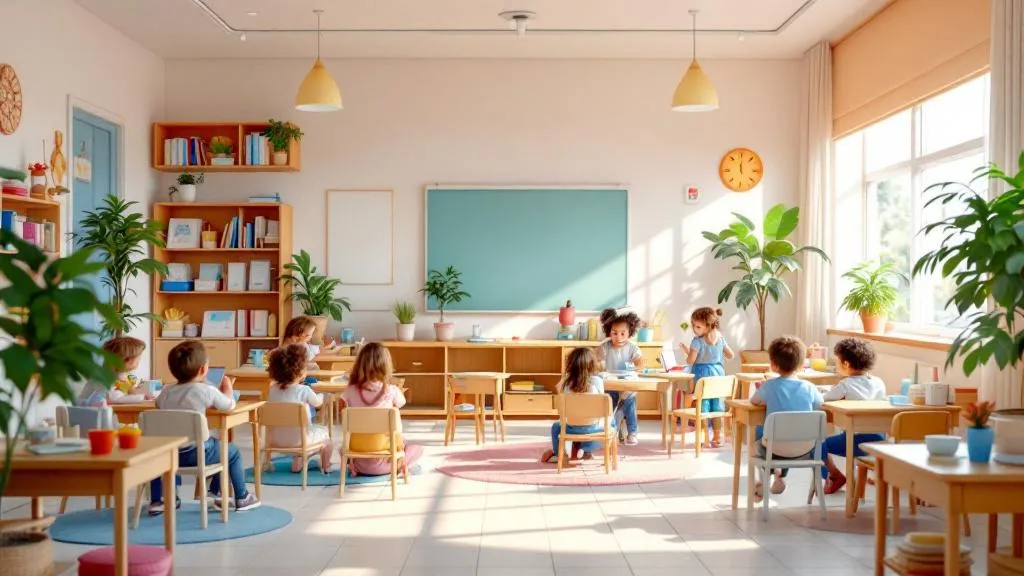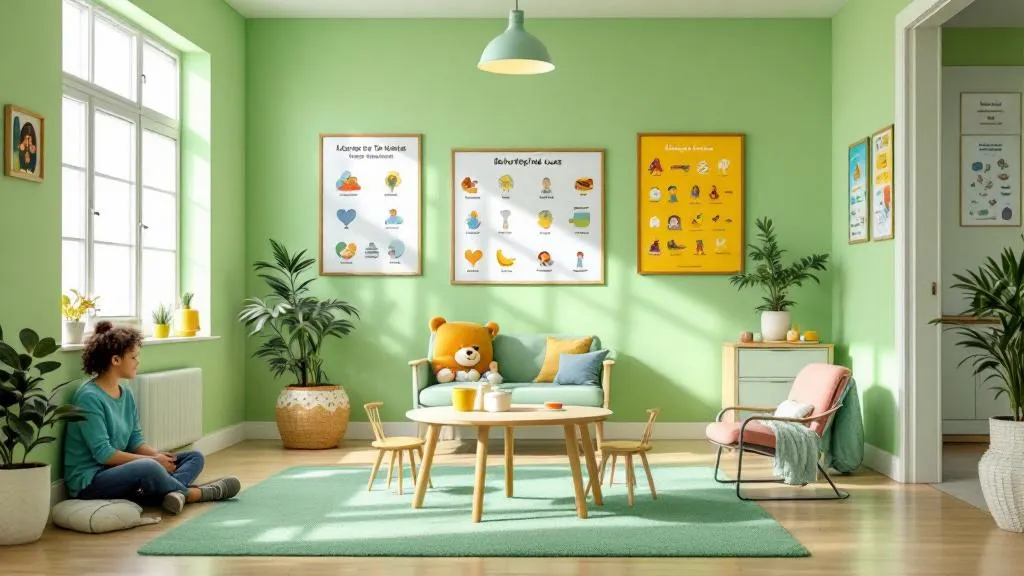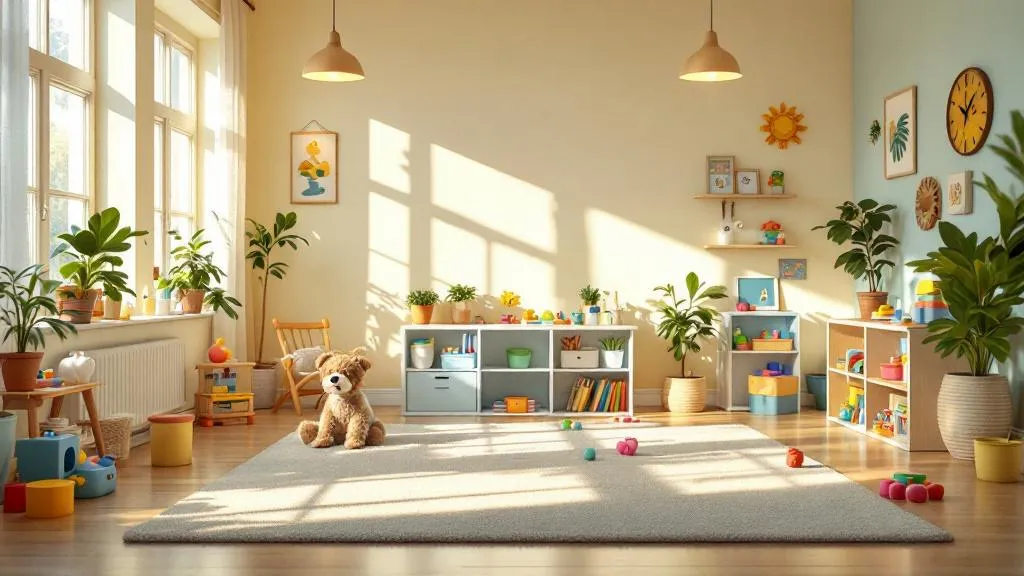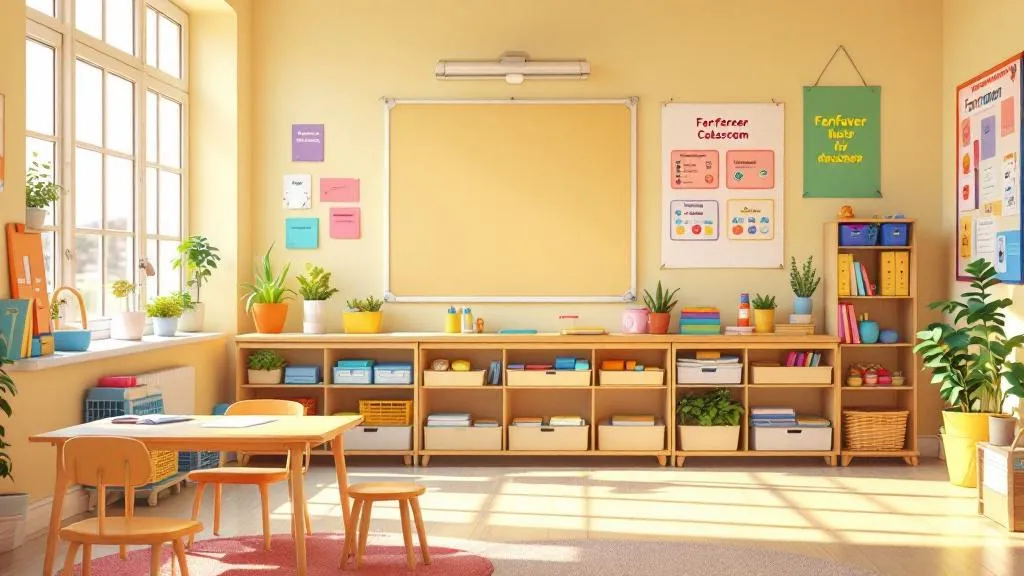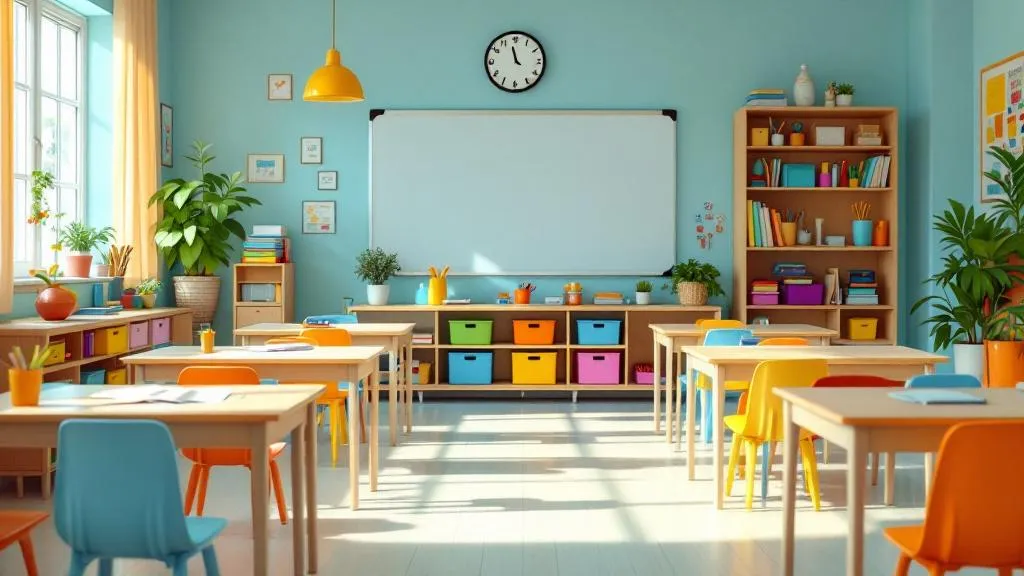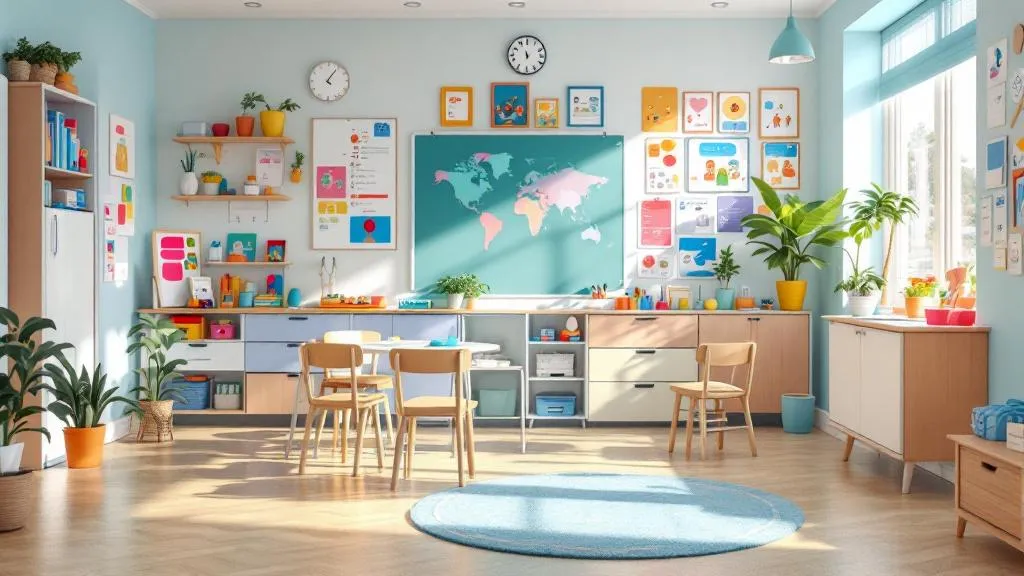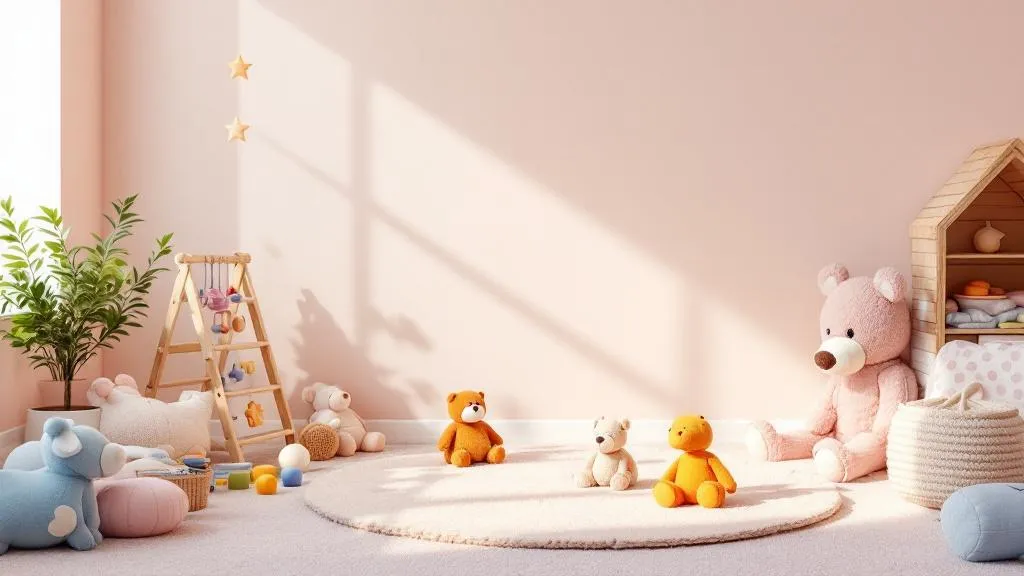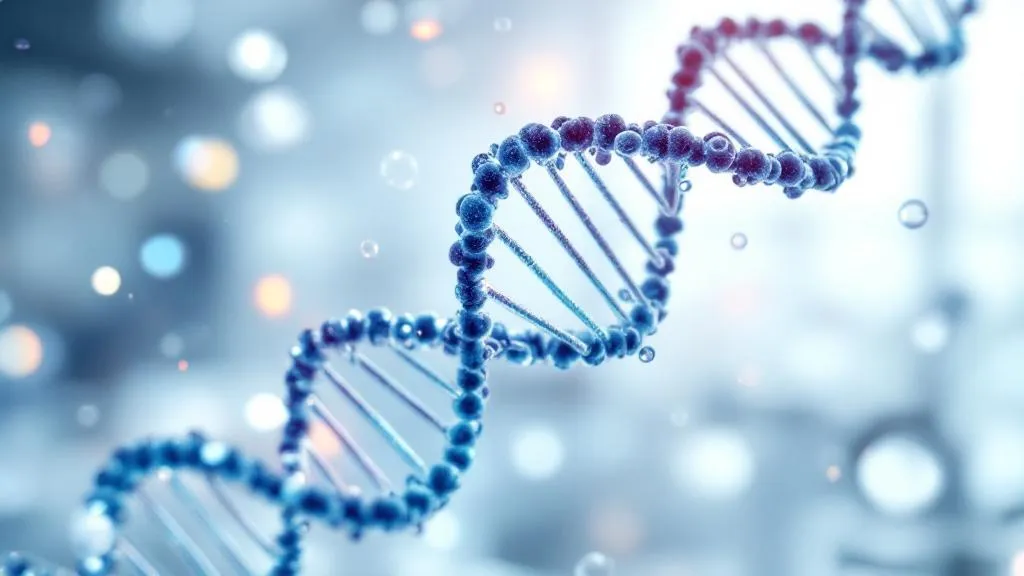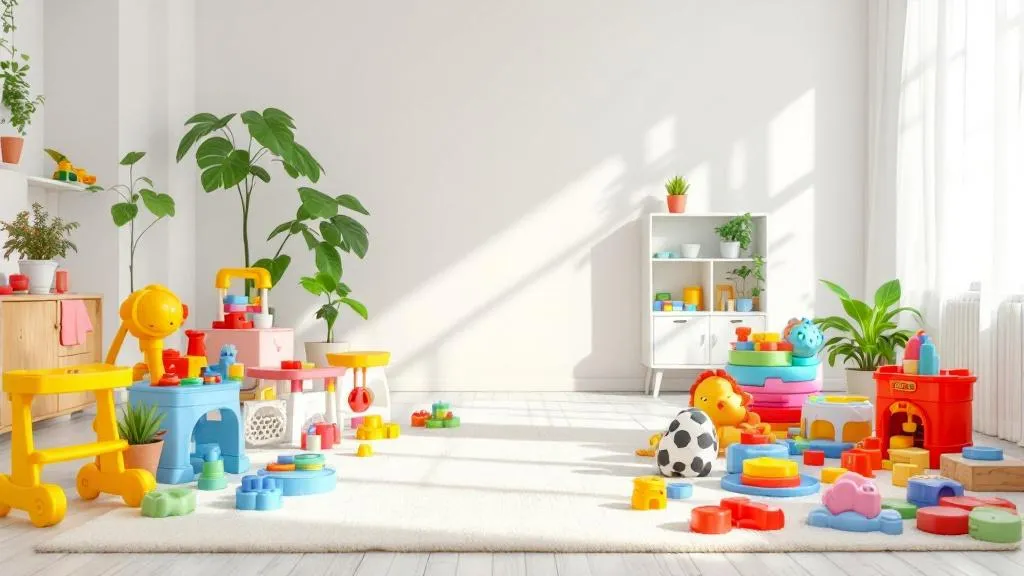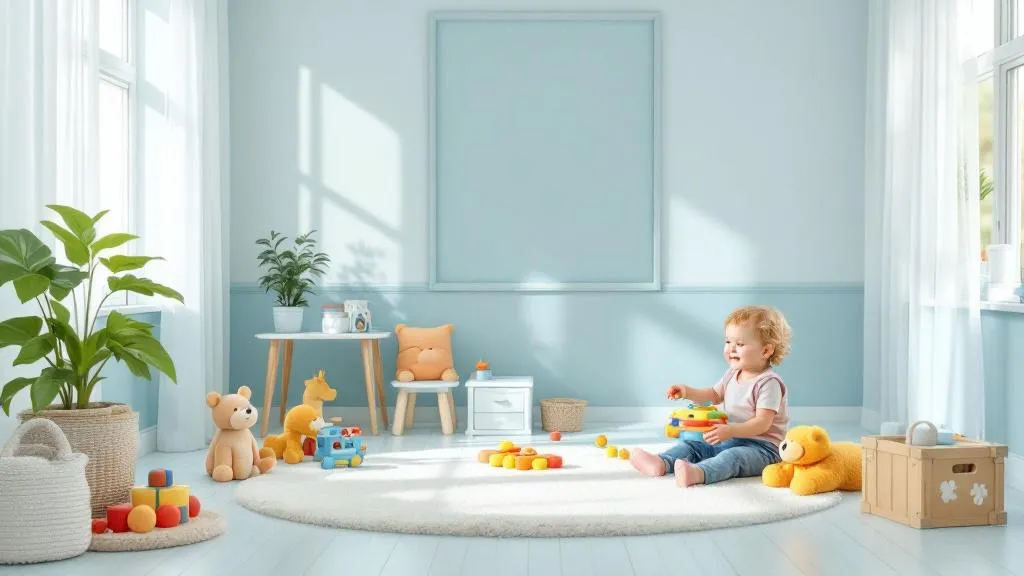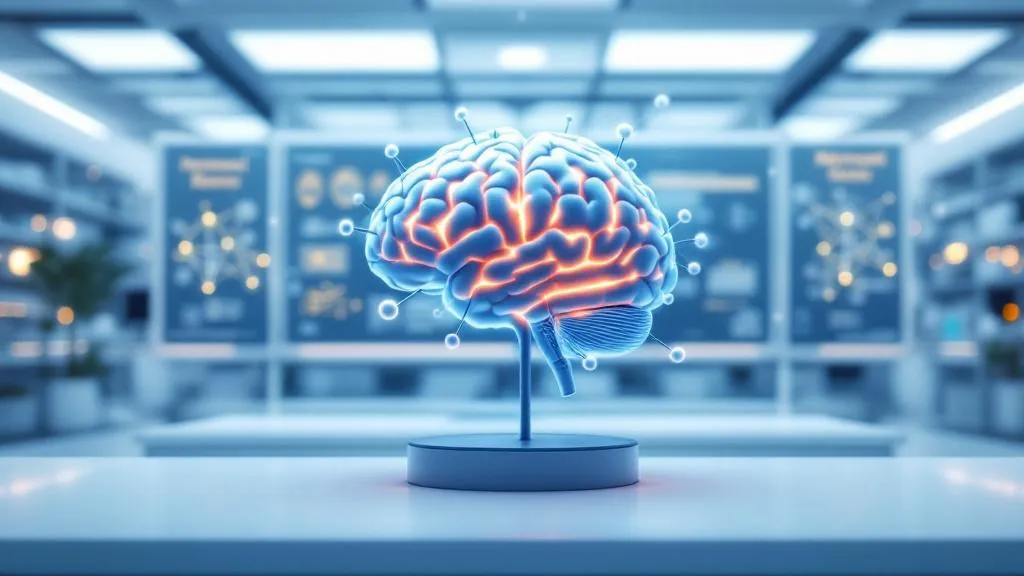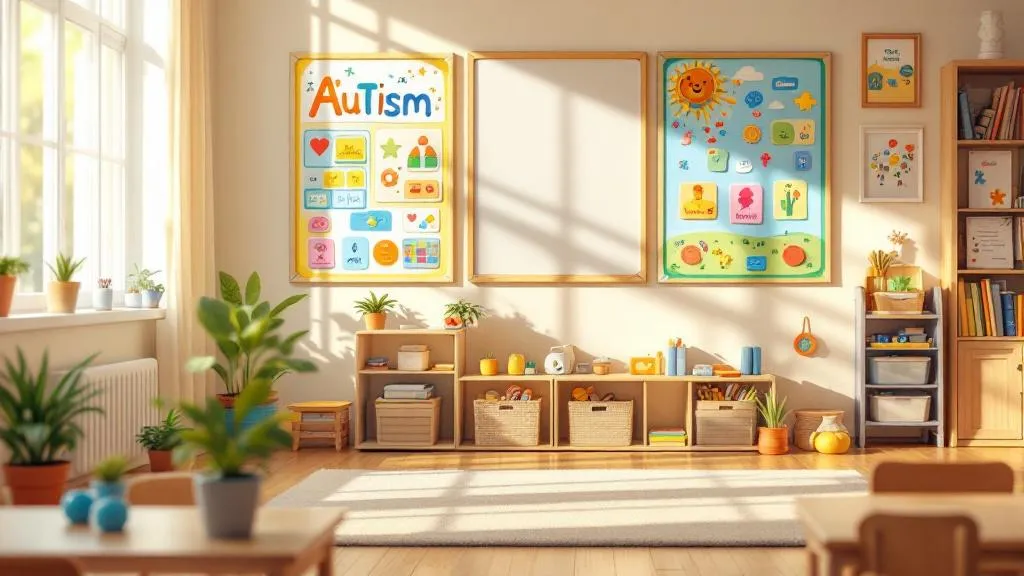Autism and Attachment Styles in Children with ASD
Discover how autism affects attachment styles in children with ASD. Learn how to support secure bonds and improve social connections. Read more today!

Key Points:
- Attachment styles in children with autism spectrum disorder (ASD) can differ from neurotypical children due to differences in social communication and sensory processing.
- While many children with ASD develop secure attachments, others may exhibit avoidant or ambivalent patterns influenced by their unique neurodevelopmental traits.
- Applied Behavior Analysis (ABA) therapy can support children with ASD in forming healthy attachments by improving social communication, emotional regulation, and responsiveness to caregivers.
Attachment is a fundamental part of childhood, but for children with autism, it may not look the way parents expect. While some children seek closeness, others may seem distant. Understanding how autism shapes attachment styles can help caregivers foster strong emotional connections in ways that truly support their child’s needs.
How Does Autism Affect Attachment Styles?
Attachment theory suggests that early relationships with caregivers shape how children connect with others. In neurotypical children, attachment is often categorized into four styles:
- Secure attachment – The child feels safe with their caregiver and trusts them.
- Avoidant attachment – The child shows independence and does not seek much comfort.
- Ambivalent (or anxious) attachment – The child is overly dependent and struggles with separation.
- Disorganized attachment – The child displays inconsistent behaviors, often due to trauma or unpredictability.
For children with ASD, attachment styles are also influenced by their neurological differences, which can affect social interactions and emotional connections. Some key factors include:
- Sensory sensitivities – Children with autism may avoid touch, eye contact, or physical closeness due to sensory overload, which can resemble avoidant attachment behaviors.
- Social communication challenges – Difficulty interpreting facial expressions or social cues may lead to behaviors that seem disengaged or withdrawn.
- Rigid routines and preferences – Children with ASD may show attachment differently, such as preferring predictable interactions over spontaneous affection.
Can Children With ASD Form Secure Attachments?
Yes, many children with autism do form secure attachments, but the way they express it may be different. Studies indicate that a significant percentage of children with ASD develop strong bonds with their caregivers. However, because their attachment behaviors may not align with typical expectations, parents might mistakenly believe their child is not attached to them.
Signs of secure attachment in children with autism may include:
- Seeking comfort from a caregiver in distress, even if in an unconventional way (e.g., through scripted phrases or repetitive behaviors).
- Displaying excitement when a caregiver returns after being away.
- Using a preferred adult as a “secure base” for exploration, even if they do not frequently seek physical closeness.
Parents can support secure attachment by being responsive to their child’s unique communication style, offering consistent and predictable interactions, and respecting sensory preferences.
What Are Common Attachment Difficulties in Children With Autism?
Children with ASD may exhibit attachment behaviors that differ from neurotypical expectations, leading to challenges such as:
1. Difficulty Seeking Comfort
Many children with autism may not seek reassurance in distressing situations the way neurotypical children do. Instead of seeking a hug or verbal comfort, they may prefer self-soothing behaviors like rocking, lining up objects, or repeating phrases.
2. Challenges with Expressing Affection
Some children with ASD may struggle to initiate or reciprocate affection. They may resist cuddling, avoid eye contact, or prefer solitary play. This does not mean they do not feel attached—it simply means they show affection differently.
3. Anxiety Around Separation and Change
Some children with ASD experience extreme distress with changes in routine, which can sometimes be mistaken for separation anxiety. They may also become overly attached to objects rather than people, using these items as a source of comfort.
4. Disorganized Attachment Behaviors
In some cases, children with ASD may exhibit behaviors that seem unpredictable—alternating between seeking closeness and withdrawing. This is often due to difficulties in processing emotions rather than a lack of attachment.

How Can Parents Foster Healthy Attachment in Children With ASD?
Supporting attachment in children with autism involves understanding their unique needs and adapting caregiving approaches to fit their communication style. Some effective strategies include:
1. Follow Your Child’s Lead
Rather than forcing typical social interactions, engage with your child in ways that feel natural to them. If they enjoy repetitive play or a particular activity, join them in their preferred way of interacting.
2. Create Predictability and Routine
Children with ASD thrive on structure. Establishing consistent routines helps them feel secure and understand what to expect from their caregivers.
3. Use Alternative Communication Methods
If your child struggles with verbal communication, support attachment through nonverbal means. This could include using picture exchange systems, sign language, or even shared activities that foster connection.
4. Respect Sensory Preferences
If a child avoids physical touch, find other ways to bond, such as engaging in parallel play, singing together, or using weighted blankets for deep-pressure comfort.
5. Support Emotional Regulation
Help your child understand and process their emotions by using tools like social stories, emotion charts, or calming techniques. Teaching self-regulation can reduce distress and improve attachment responses.
How Can ABA Therapy Support Attachment Development in Children with ASD?
Applied Behavior Analysis (ABA) therapy can play a significant role in helping children with ASD build secure attachment behaviors. ABA focuses on strengthening communication, social skills, and emotional regulation, which are essential for healthy relationships.
Key ways ABA therapy supports attachment include:
- Encouraging Social Engagement – ABA helps children develop skills like turn-taking, joint attention, and social reciprocity, which are crucial for forming attachments.
- Enhancing Emotional Understanding – Therapists teach children to recognize and express emotions, making it easier for them to connect with caregivers.
- Improving Communication – Whether through verbal speech, augmentative communication, or nonverbal cues, ABA supports children in expressing needs and forming relationships.
- Reducing Anxiety and Behavioral Challenges – By addressing challenging behaviors and teaching coping strategies, ABA helps children feel more comfortable in social and emotional interactions.

Strengthen Your Child’s Connections with ABA Therapy
Building strong attachments is essential for every child, including those with autism. If your child struggles with social engagement, emotional expression, or communication, ABA therapy can provide the structured support they need to develop meaningful connections.
At Discovery ABA, we specialize in evidence-based interventions that help children with autism enhance their social skills and emotional bonds. Our team is dedicated to creating individualized therapy plans that support healthy attachment and overall development.
If you’re looking for expert guidance in fostering your child’s attachment and social skills, contact us today to learn more about our ABA therapy in New Jersey, Utah, Virginia, North Carolina, Nevada, Maine, New Hampshire, and Tennessee. Let’s work together to help your child thrive in their relationships and beyond.
Does Your Child Have An Autism Diagnosis?
Learn More About How ABA Therapy Can Help
Find More Articles
Contact us
North Carolina, Nevada, Utah, Virginia
New Hampshire, Maine
Arizona, Colorado, Georgia, New Mexico, Oklahoma, Texas
.avif)



